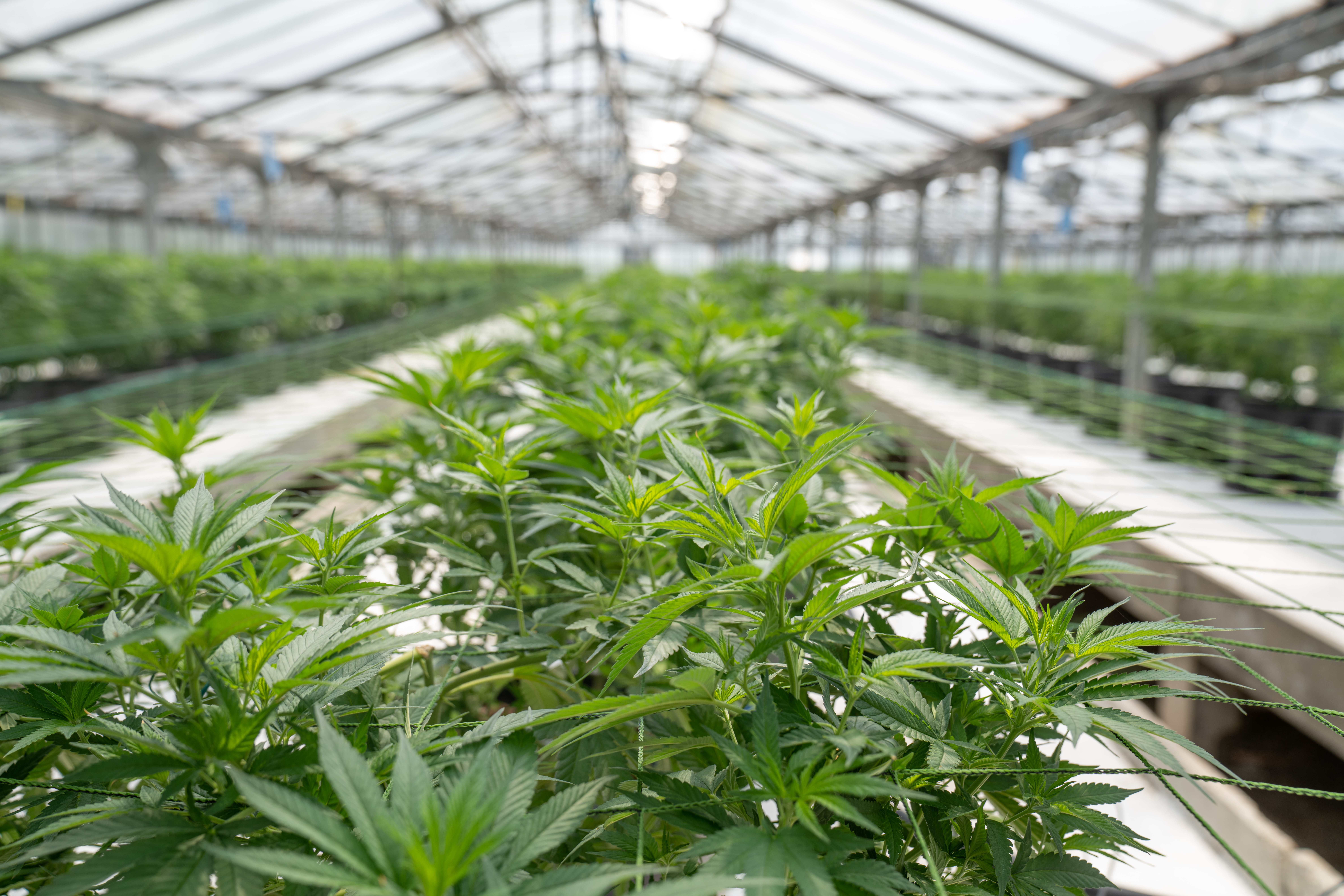Cannabis and Hemp Data: Coming Soon to a Crop Report Near You (?)
By Lauren Mendelsohn
December 14, 2021

There is no question that cannabis is a plant which is sown and harvested. Yet the Schedule I status of cannabis under federal law, as well as how it has been defined under California’s Medicinal and Adult Use Cannabis Regulation and Safety Act (MAUCRSA) as an “agricultural product” rather than a “crop” has resulted in cannabis being largely left out of annual crop reports produced by county Agriculture Departments. Furthermore, despite the fact that hemp (defined as parts of the cannabis plant with a delta-9-THC concentration of no more than 0.3% on a dry-weight basis) is now legal under federal and state law and is classified as a crop alongside corn, almonds and soybeans, only a few counties in California are including hemp data in their crop reports.
According to a recent report published by Leafly, cannabis is the 5th largest cash crop in the nation, with an estimated 2020 wholesale value of $6.2 billion — and that’s just for legal operations!
Senate Bill 657 (2019), codified at Business & Professions Code Section 26069.5, allows for data about cannabis production to be included in crop reports, either in the report itself or in a supplemental report, which can but does not have to be published. This full section reads as follows:
Bus. & Prof. Code § 26069.5(a) A county agricultural commissioner may report to the secretary on the condition, acreage, production, and value of cannabis produced in the commissioner’s county under a cultivation license issued pursuant to this division. The cannabis data may be submitted in a separate report that is similar to those reports required for agricultural products pursuant to Section 2279 of the Food and Agricultural Code. This section does not require the department to publish this report.(b) Data on cannabis production that is included in a report pursuant to this section may be organized by categories including, but not limited to, the following:(1) State cultivator license type, as set forth in Chapter 5 (commencing with Section 26050), and regulations adopted pursuant to that chapter.(2) Local license, permit, or other authorization type, as described in Section 26200.(3) Price tier, including for different strains of cannabis, different production methods, or different parts of a plant, such as flowers or leaves.(c) A county agricultural commissioner may not seek reimbursement for expenses incurred in making a report pursuant to this section from either of the following sources:(1) The Department of Food and Agriculture Fund.(2) Funding that may otherwise be available for the purposes of this section from a cooperative agreement entered into pursuant to Section 2222 of the Food and Agricultural Code.
A few counties throughout California have taken the positive step of adding data about cannabis and/or hemp in their crop reports, including but not limited to Monterey County, Santa Barbara County, San Mateo County, and San Benito County.
Here in Sonoma County, this discussion has arisen a few times over the past few years. Despite stakeholders’ expectation that cannabis and hemp data would be included in the 2020 crop report which was released at the December 7, 2021 meeting, such information was not contained in the report or even in a supplemental briefing. In response to comments from the public, including our office, the Board of Supervisors unanimously directed the Agricultural Commissioner to include this data in next year’s report. Such data is critical for the industry, the public, and the county overall.
This information is provided as a public educational service and is not intended as legal advice. For specific questions regarding laws and regulations governing cannabis, hemp, or psychedelics, please contact the Law Offices of Omar Figueroa at 707-829-0215 or info@omarfigueroa.com to schedule a confidential legal consultation.
